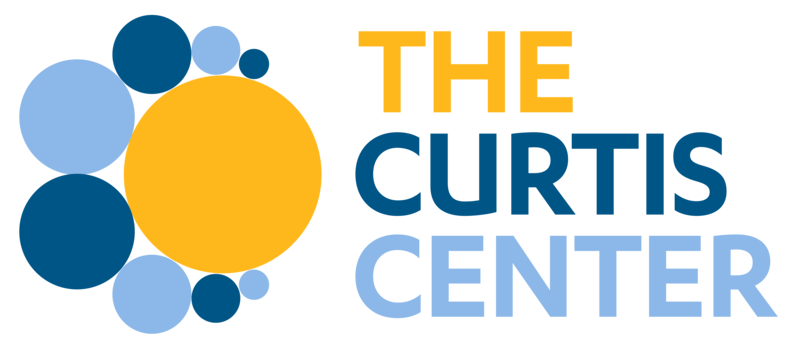Partnership Goals:
The Smarter Balanced Assessment Consortium (SBAC) is a multi-state collaborative that develops standardized assessments aligned with college and career readiness standards. It serves millions of students across member states by providing assessments for Grades 3-8 and 11. At its peak, SBAC included 31 member states and U.S. territories.
The Curtis Center has partnered numerous times with SBAC to develop a comprehensive bank of performance tasks for state assessments nationwide. These tasks are designed to engage students in multistep mathematical problems that require the application of knowledge in real-world contexts and justification of their reasoning. In addition, The Curtis Center has also contributed to the development of Claim 3 Evidence-Based Selected Response (EBSR) Task Models, which are used to create items that assess students’ ability to communicate mathematical proof and reasoning through structured evidence selection.
Partnership Activities:
Over the 2014-2015 and 2019-2021 academic years, The Curtis Center led a collaborative process that included:
- Organizing four in-person performance task creation conferences with research mathematicians, state and county mathematics specialists, and K-12 classroom teachers from across the country to gather input, review student work, and share ideas.
- Collaboratively writing, editing, and revising performance tasks tailored to each grade level using an online collaboration portal.
- Developing scoring rubrics specific to each performance task to ensure consistency and clarity.
- Ensuring the performance tasks’ language and contexts were grade-appropriate and accessible to diverse student populations.
- Field testing the performance tasks in diverse classrooms nationwide to gather data on usability and effectiveness.
- Working with mathematicians to ensure the mathematical integrity of all performance tasks.
Over the 2022-2023 academic year, The Curtis Center led a collaborative process that included:
- Organizing six virtual Claim 3 Task Model creation conferences with research mathematicians, mathematics education experts, and SBAC State Representatives.
- Collaboratively writing, editing, and revising Claim 3 Task Models tailored to each grade level using an online collaboration portal.
- Ensuring the Claim 3 Task Models’ language and contexts were grade-appropriate and accessible to diverse student populations.
- Working with mathematicians to ensure the mathematical integrity of all Claim 3 Task Models.
Results:
The UCLA Curtis Center successfully delivered 182 performance tasks currently implemented in state assessments across California, Connecticut, Delaware, Hawaii, Idaho, Indiana, Maine, Michigan, Montana, Nevada, New Hampshire, North Dakota, Oregon, South Dakota, the U.S. Virgin Islands, Vermont, Washington, West Virginia, and Wisconsin. Through this partnership, The Curtis Center has reached an estimated 18 million students across the United States.
The UCLA Curtis Center also successfully delivered 18 Claim 3 Task Models that represent innovative applications of SBAC EBSR technology to elicit evidence of students’ ability to engage in the creation and critique of mathematical justification and proof.
